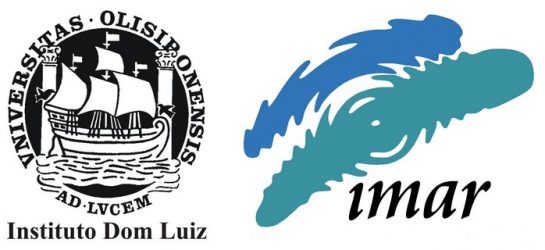Tarefa 7: Integração
Integration
This is the task where the different tasks objectives are integrated to to obtain robust density estimation from passive acoustic monitoring of fin whales. Tasks 1 and 2 collected for 2 years the calibration datasets that will allow to derive a relationship between animal density and observed cue rates, as will be done by the analysis on Task 3. The investigation of long time series, from 2007 onwards (Task 4) allowed the evaluation of temporal and spatial variability of the vocal behaviour. The passive acoustic monitoring (PAM) methods for density estimation of fin whales is to be applied by different sets of instruments and different network configurations. Each has its own constrains and domains of application were assessed in Task 5 for ranging and location. The probability of detection, an essential parameter for distance sampling using PAM, depends on the emitted sound level and on the environment background noise in the frequency band used for vocalization. These issues were addressed in tasks 3 to 5, whereas Task 6 gave the absolute emitted sound levels required. Task 6 also provided an independent measure of fin whale density, not relying on the analysis of individual sounds.
The different PAM methods and sensor efficiency and robustness to derive density estimates will be evaluated. Given the diversity of constraints and difficulties of each method there will not be an ideal solution for all situations. The optimal configuration and solution for assessing the population density of fin whales will be a combination of several methods, and the most effective way of combining them will be investigated.
Combining the data acquired within the project and the analysis of earlier time series, this task will assess possible trends in the variation of population density of fin whales in the Azores Archipelago region. The results obtained in this project and synthetized in this task will have a global impact on all marine areas that are investigated by PAM. An emphasis on the project is to valorise data currently collected opportunistically by hundreds of ocean bottom seismometers for seismicity monitoring, so that these can also be used for PAM and population density estimates for species that vocalize at low frequencies (f<100 Hz).
We plan to organize an international workshop dedicated to the use of hydrophone and seismometer PAM for density estimation. The workshop will occur close to the end of the project in the Açores. Funding will be obtained from alternative funding agencies (e.g. the Gulbenkian Foundation, the Luso-American Foundation, FCT, ONR, the Regional Government and Azores stakeholders).
[metaslider id=300]

